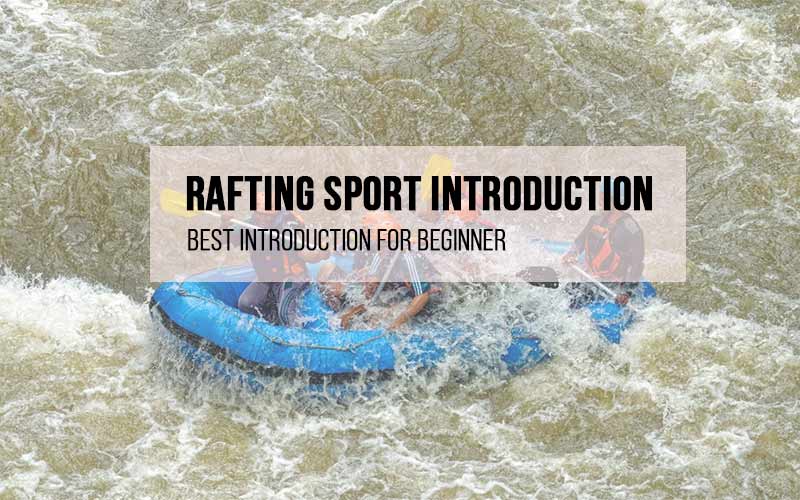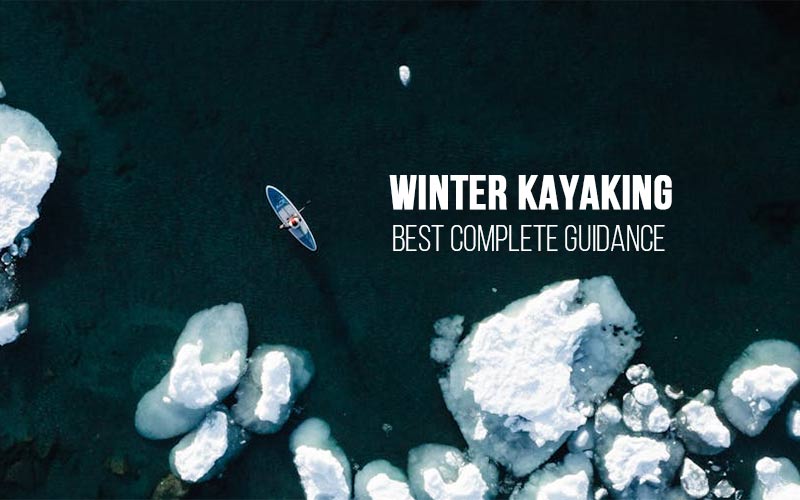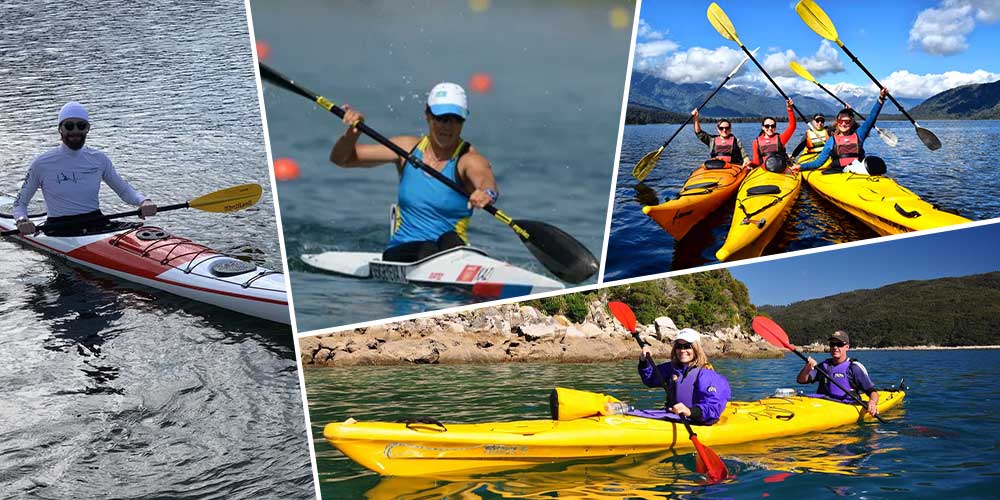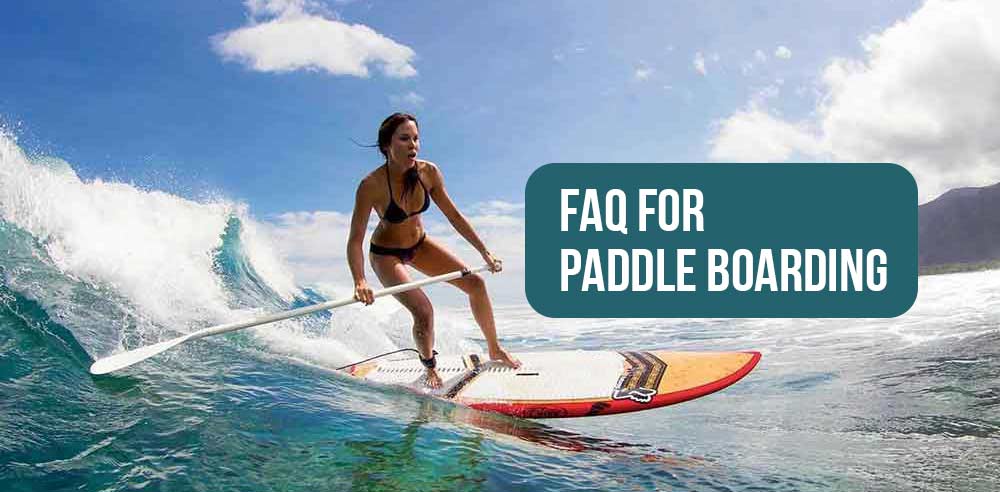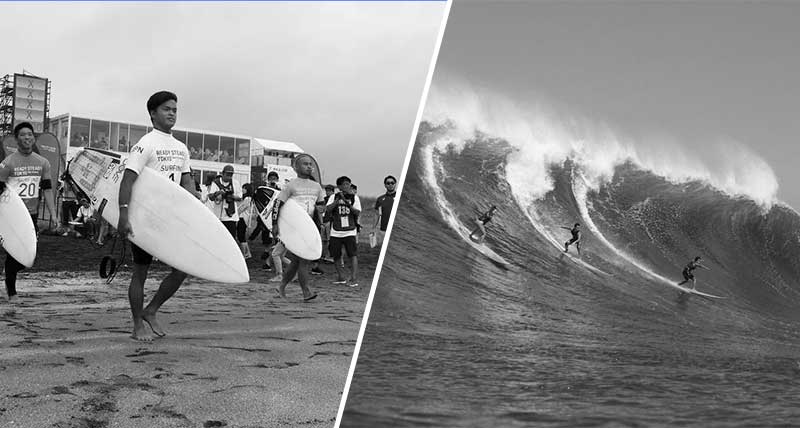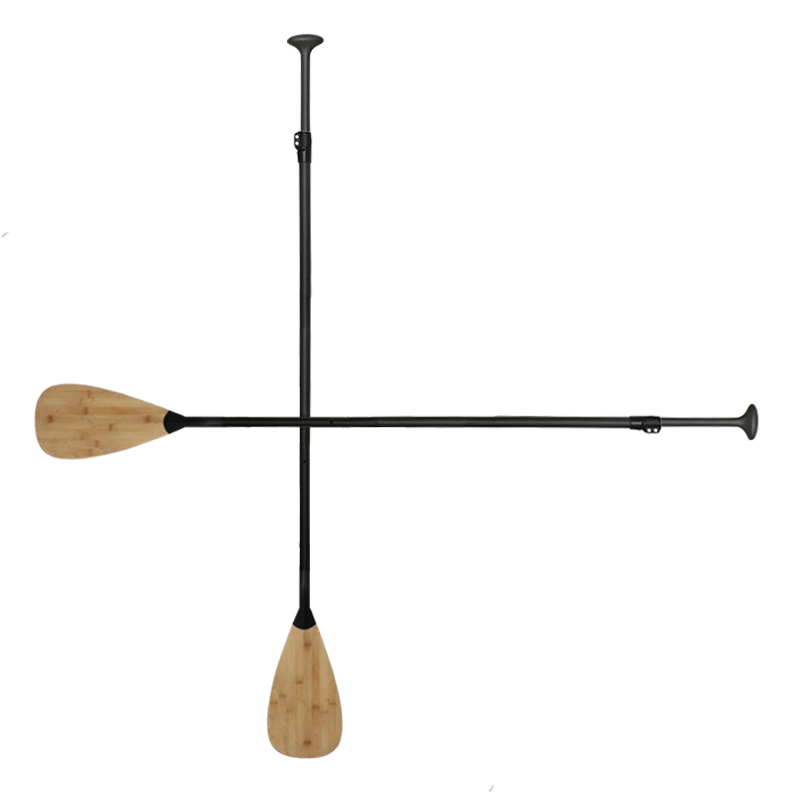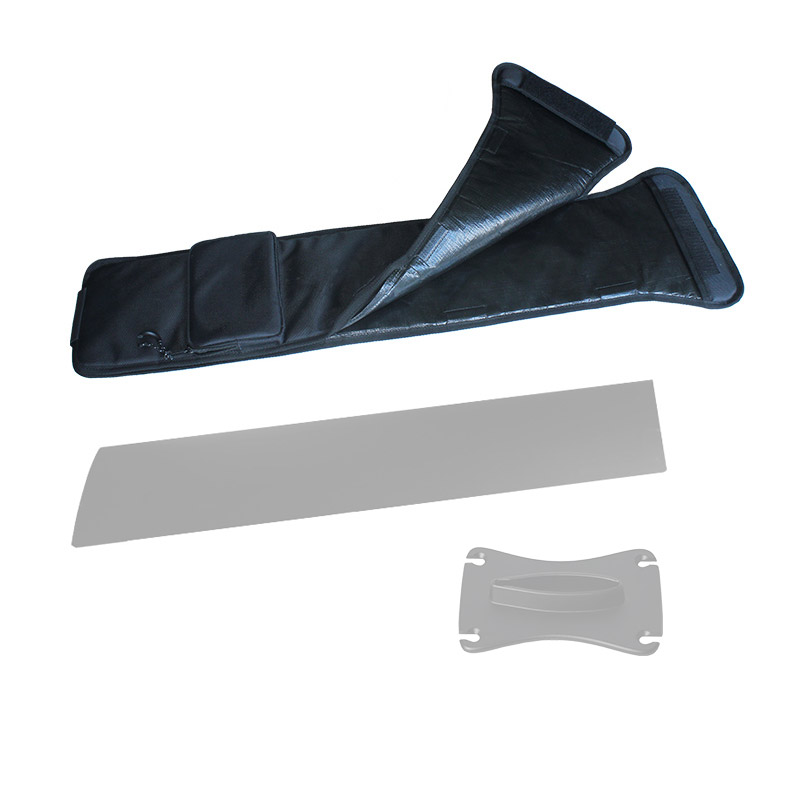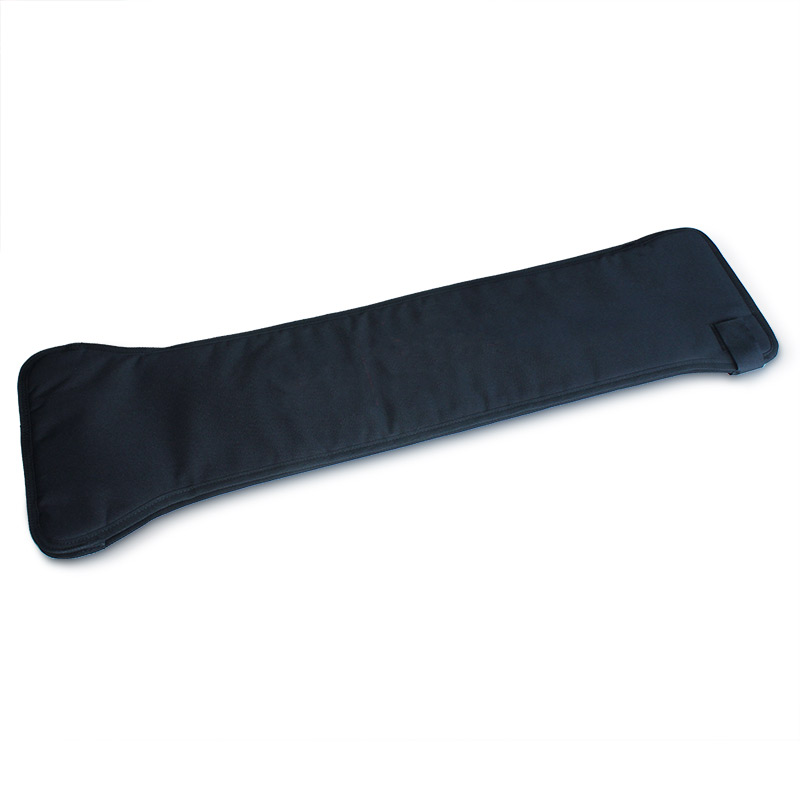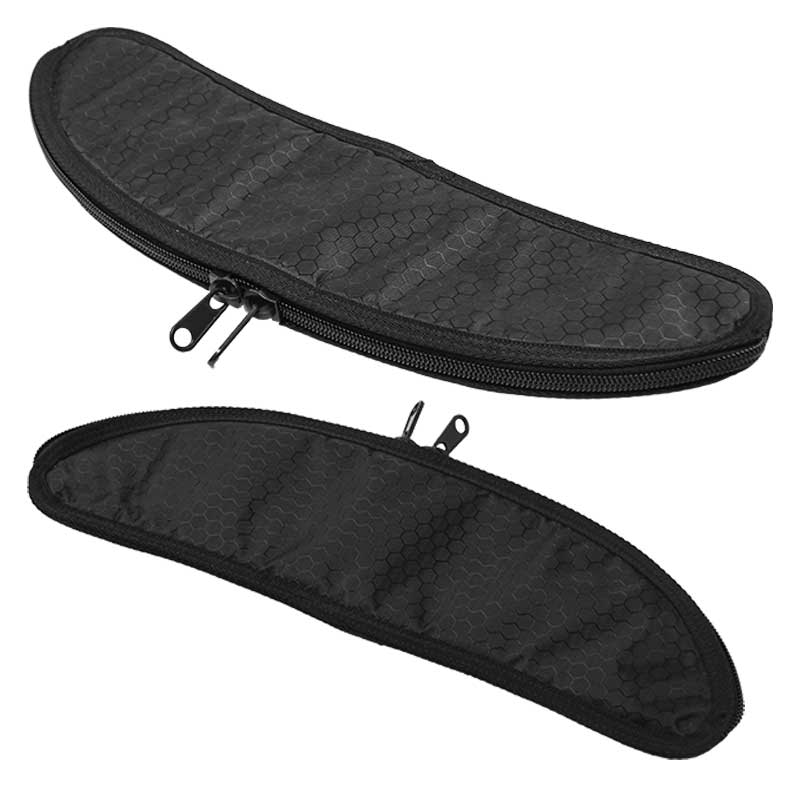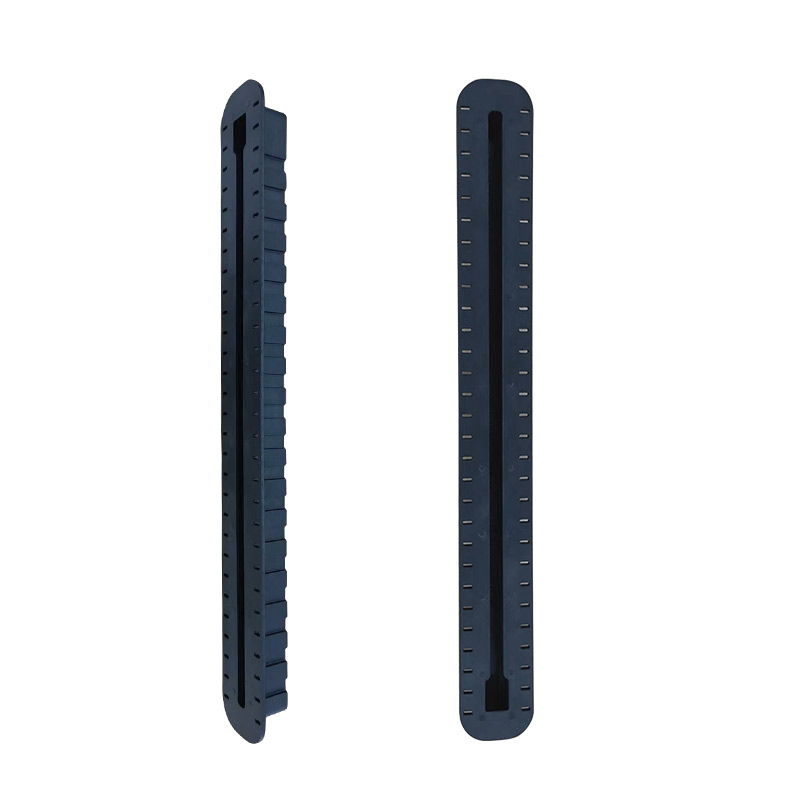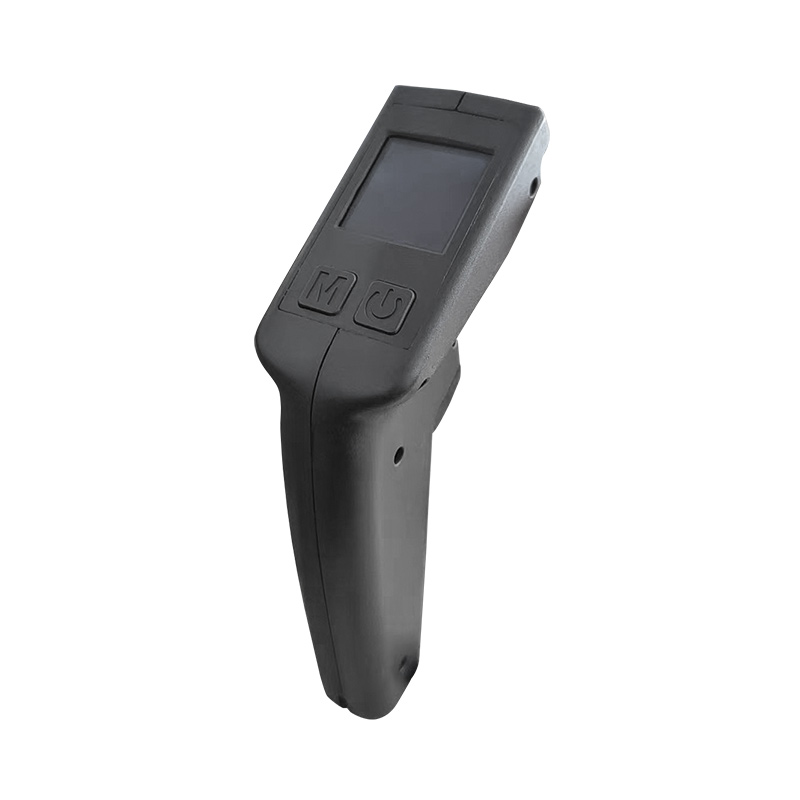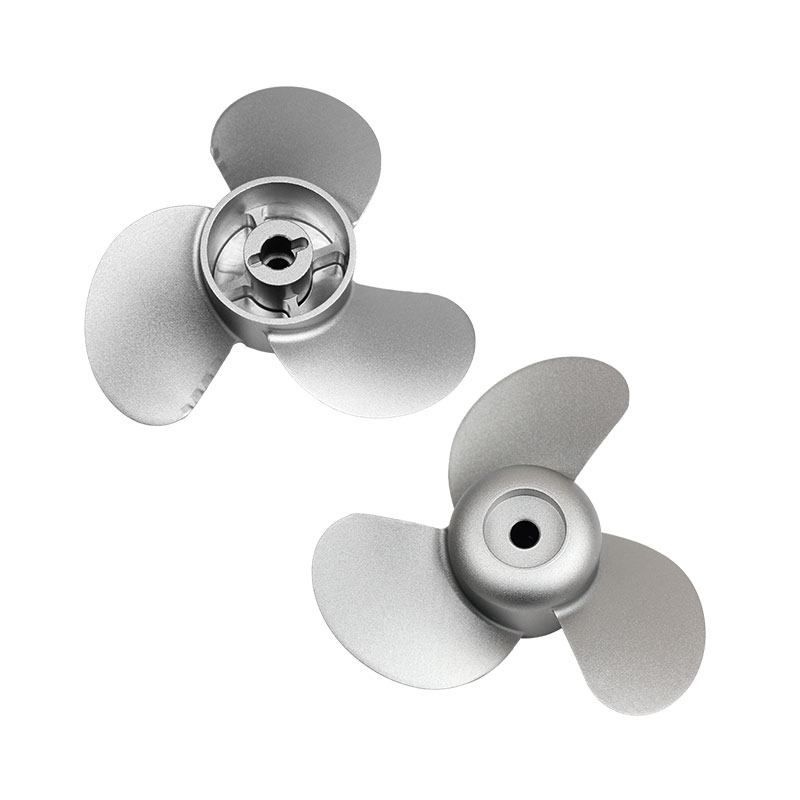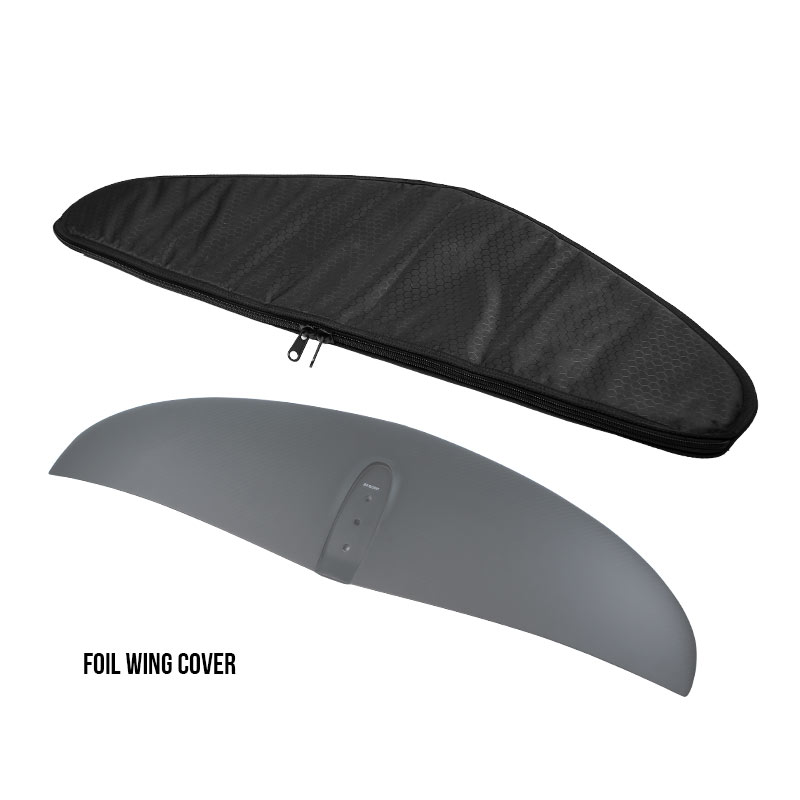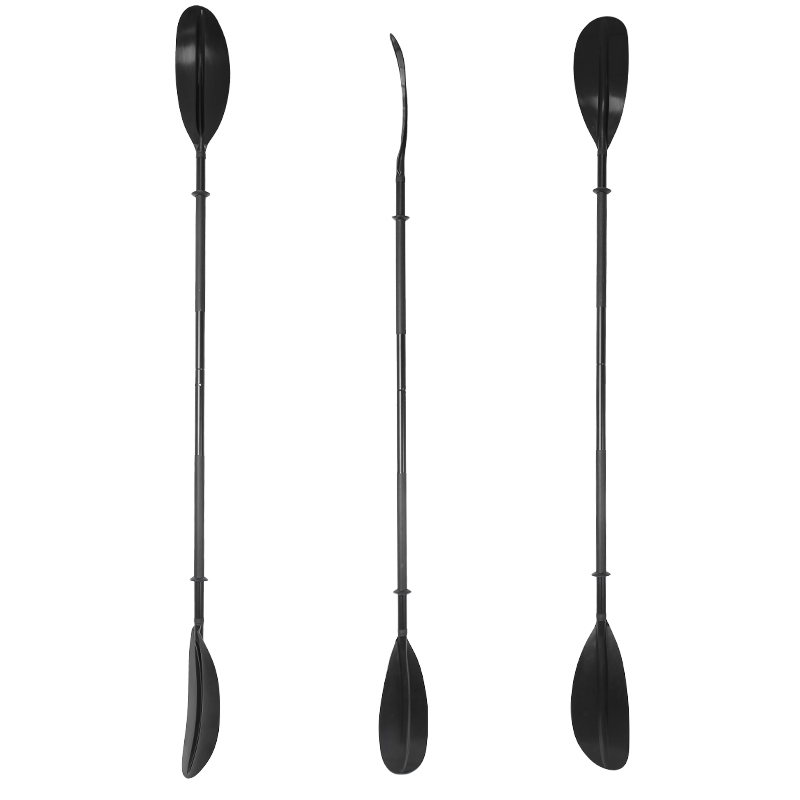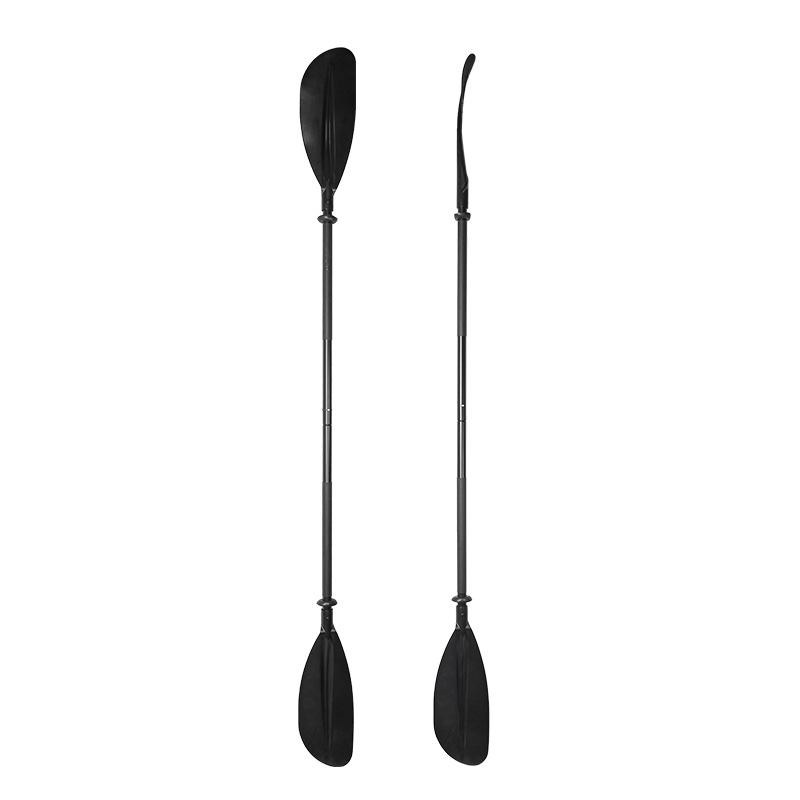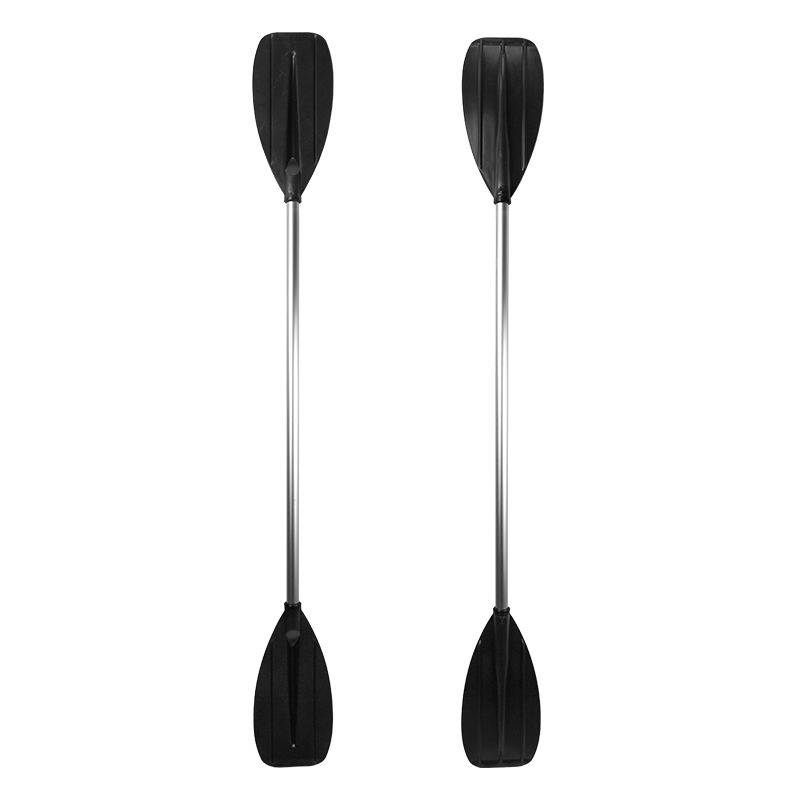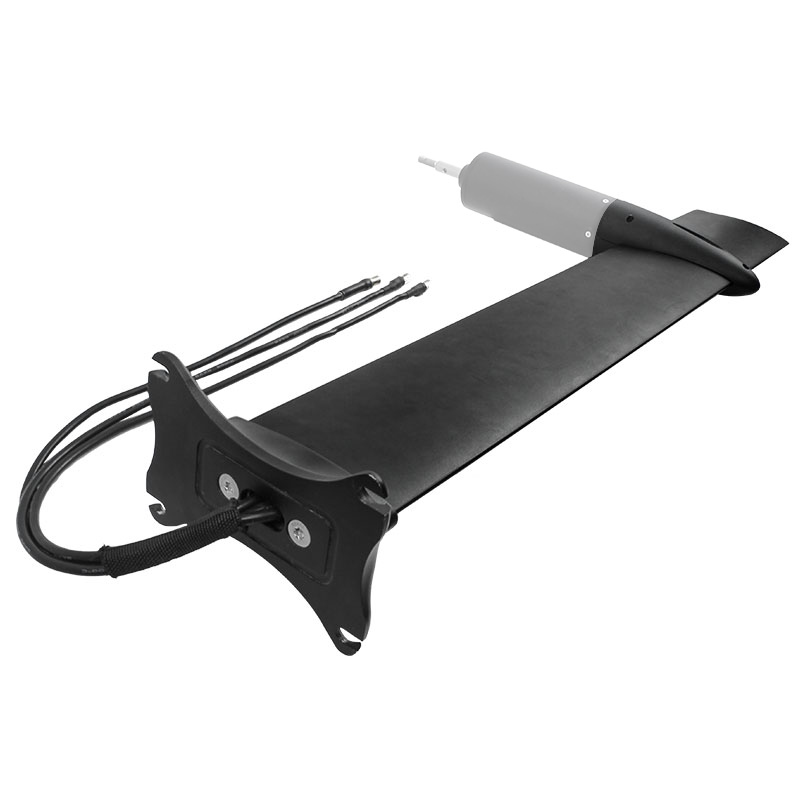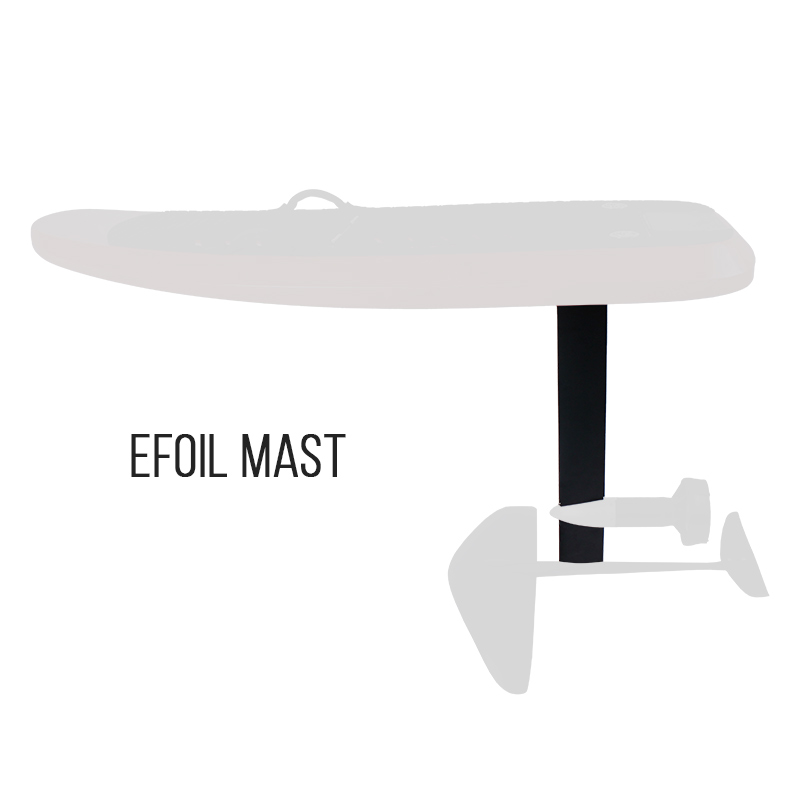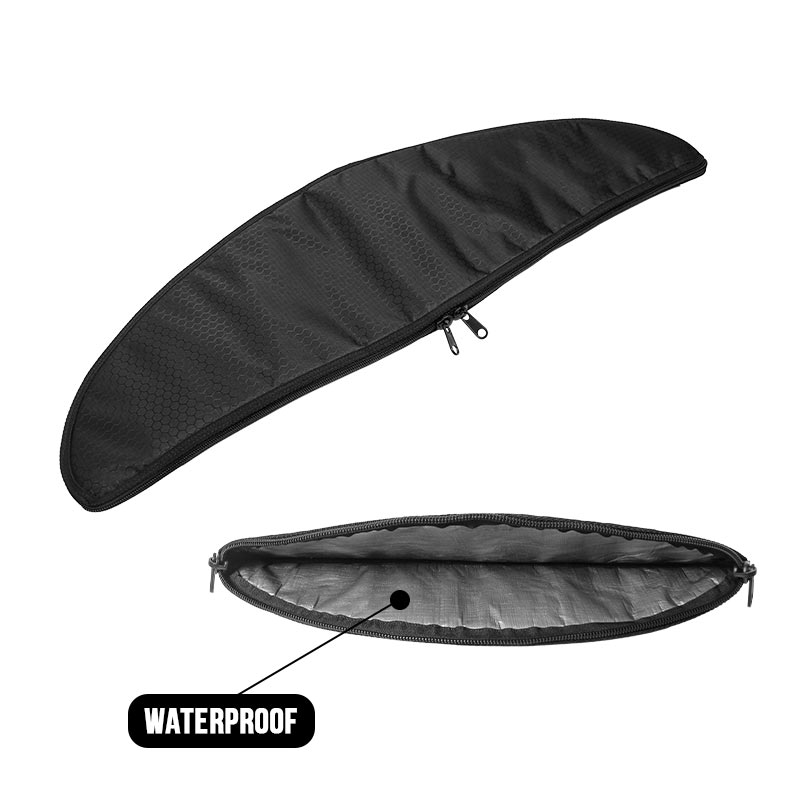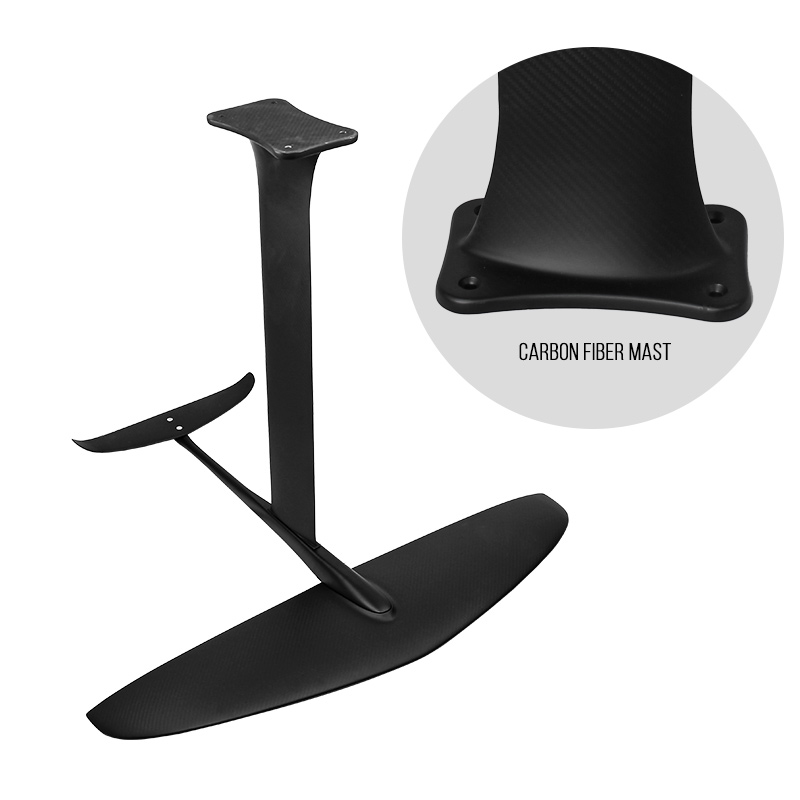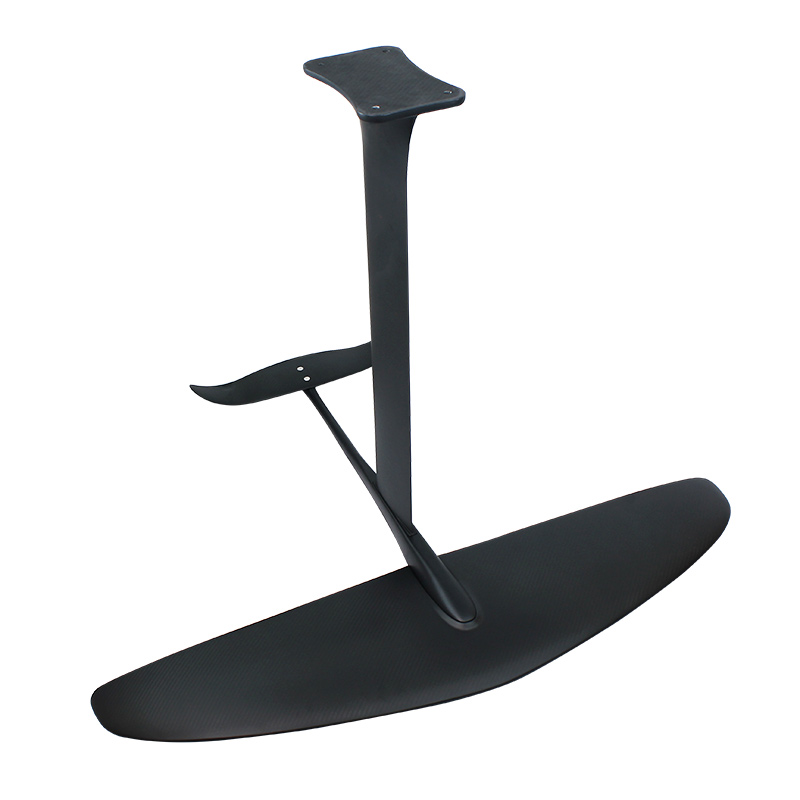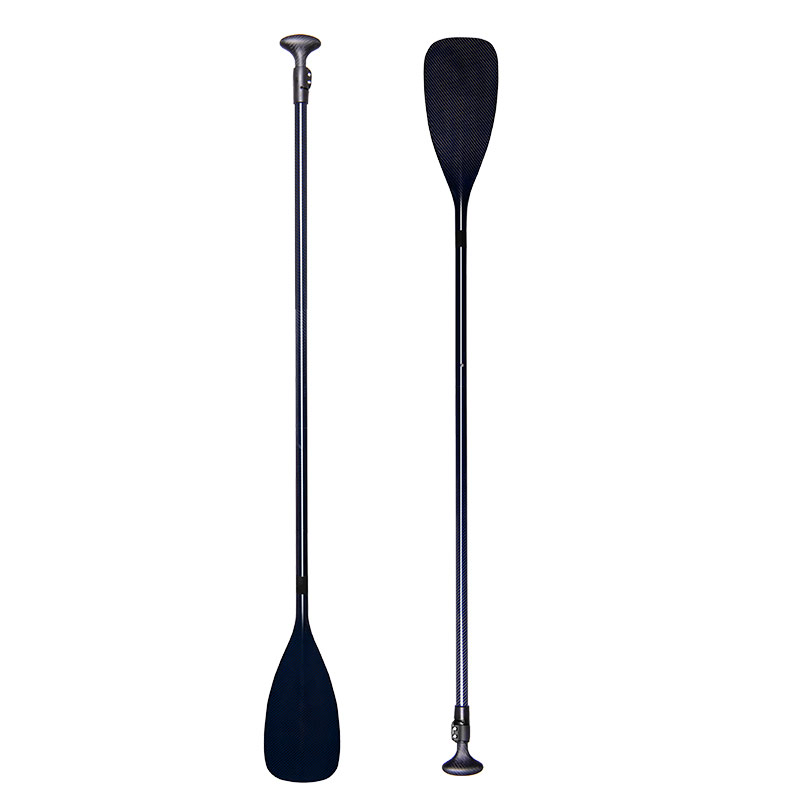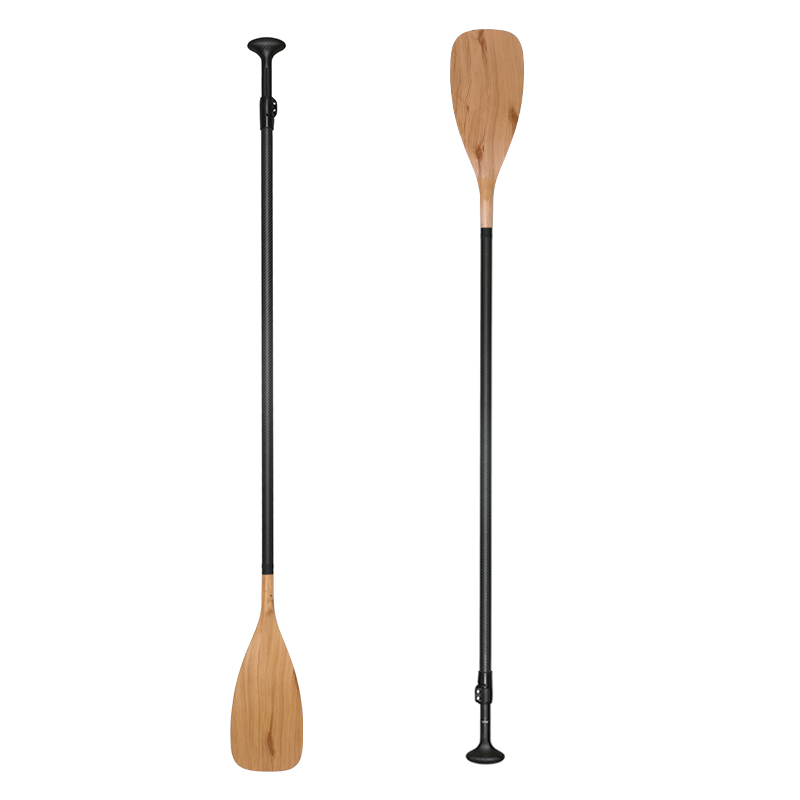Surfing sport is an exhilarating sport that harmonizes with nature’s powerful forces, which has captivated enthusiasts worldwide for decades. It’s more than a sport—it’s a way of life, a way of life with courage and fun. From the sun-kissed beaches of California to the tropical waters of Hawaii and beyond, surfers embrace the challenge of mastering the waves.
The History & Evolution of Surfing Sport
Surfing is an exciting sport that has a long history, here we will tell the context of it.
Ancient Roots: Surfing’s origins can be traced to ancient Polynesia, where it held deep cultural and spiritual significance. Early Polynesians, particularly in places like Hawaii and Tahiti, rode waves using wooden boards made from local materials like koa or wiliwili wood.
Cultural Significance: Surfing sport was more than a sport—it was a central part of Polynesian culture, often tied to spirituality and social hierarchy. Warriors showcased their prowess by riding the waves, and surfing was integrated into religious ceremonies and community gatherings.
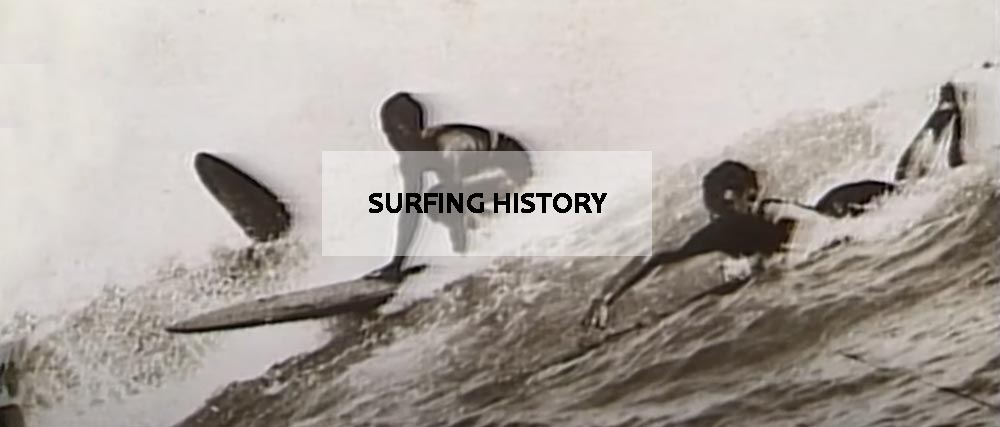
Western Discovery: The arrival of European explorers in the 18th century introduced surfing to the wider world. Captain James Cook’s voyages in the Pacific brought attention to this Polynesian practice, fascinating Western observers.
Decline and Revival: Surfing sport experienced a decline in the 19th and early 20th centuries due to cultural changes in Hawaii following European colonization and missionary influence. However, the sport wasn’t entirely forgotten and experienced a revival in the early 20th century, thanks to efforts by individuals like Duke Kahanamoku, who popularized surfing globally.
Technological Advancements: The evolution of surfing sport was marked by technological advancements in board design and materials. Traditional wooden boards were gradually replaced by lighter materials such as fiberglass and foam, leading to more maneuverable and versatile surfboards.
Global Expansion: Surfing’s popularity soared in the mid-20th century, becoming a symbol of counterculture and freedom, particularly in the United States, Australia, and parts of Europe. Movies and media further popularized the sport, attracting a dedicated following.
Competitive Surfing and Professionalization: The establishment of surfing competitions, such as the World Surfing Championships in the 1960s, marked the professionalization of the sport. Surfers began to showcase their skills in organized events, leading to the formation of professional surfing circuits.
Diversity of Styles and Equipment: As surfing grew, different styles emerged, leading to the development of various board shapes and surfing techniques. Shortboarding, longboarding, big wave surfing, and tow-in surfing are among the diverse styles that cater to different preferences and wave conditions.
Surfing Today: In the contemporary era, surfing has evolved into a global phenomenon with a rich culture, community, and industry. Surfers continue to push boundaries, riding colossal waves and exploring new frontiers while advocating for ocean conservation and environmental awareness.
Surfing’s journey from its ancient Polynesian roots to its present-day status as a beloved global sport reflects its deep connection to culture, nature, and the human spirit.
Is surfing an Olympic sport?
Yes, surfing sport made its debut as an Olympic sport at the 2020 Summer Olympics held in Tokyo, Japan. It was a highly anticipated addition to the games, showcasing the sport’s global popularity and cultural significance.
The Olympic surfing competition featured both men’s and women’s events and took place at Tsurigasaki Beach in Chiba Prefecture. Surfers competed in various heats, aiming to display their skills and expertise across the waves to secure medals for their respective countries.
The inclusion of surfing in the Olympics marked a significant milestone for the sport, granting it a broader platform and introducing it to a wider audience on the global stage. The event garnered attention not only for the athletic prowess of the surfers but also for highlighting the beauty and challenges of riding waves in diverse conditions.
In the near future, surfing sport will also be held at the 2024 Olympics in Paris with the approval of the IOC.
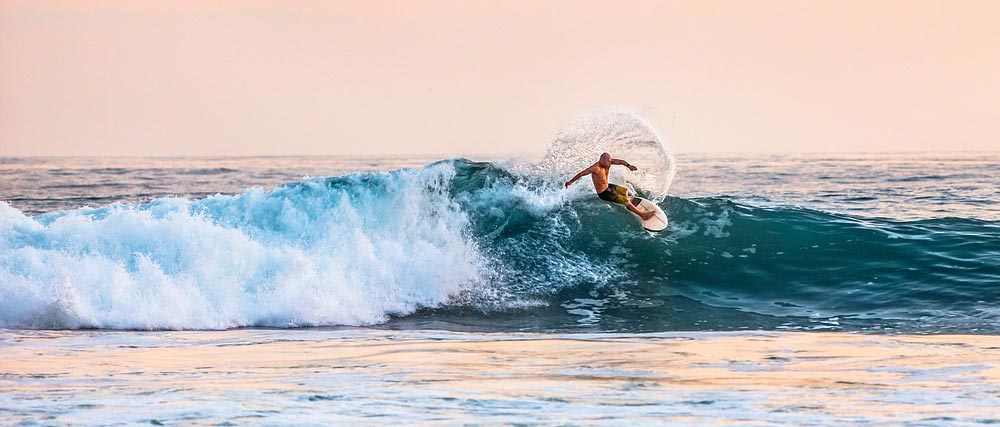
Types of Surfing Sport Styles
Surfing sports encompasses various styles that cater to different preferences, skill levels, and wave conditions. Here are some of the main types of surfing styles:
Shortboarding
Utilizes shorter boards (typically 5 to 7 feet) designed for quick turns, maneuvers, and high-performance surfing. It requires a higher skill level due to the board’s smaller size and greater maneuverability.
Longboarding
Involves riding longer boards (ranging from 8 to 12 feet) that prioritize stability, grace, and classic surfing techniques. Longboarders often emphasize style, nose riding, and footwork on the board.
Big Wave Surfing Sport
Dedicated to riding exceptionally large waves, often reaching heights of 20 feet or more. Big wave surfers require specialized skills, equipment, and an understanding of complex wave dynamics.
Tow-in Surfing Sport
Surfers use personal watercraft (PWC) to tow them into extremely large and fast-moving waves that are otherwise difficult or impossible to catch by paddling alone.
Stand-Up Paddleboarding (SUP)
Surfers stand on a larger, more buoyant board while using a paddle to navigate waves. This style offers a different perspective and approach to riding waves, combining surfing with paddling.
Bodyboarding
Involves riding waves lying down or kneeling on a shorter board, known as a bodyboard. Surfers use swim fins for propulsion and perform maneuvers close to the wave face.
Tandem Surfing Sport
Two surfers ride the same board together, showcasing teamwork, balance, and synchronized moves. It often involves a more experienced surfer paired with a novice.
Surf Kayaking
In this style, surfers use specialized kayaks designed for wave riding, performing maneuvers, and navigating waves similar to traditional surfing but with a kayak.
Each style of surfing demands specific skills, techniques, and equipment, providing surfers with diverse ways to engage with the ocean and enjoy the thrill of riding waves.
Wind Surfing Sport
Windsurfing, also known as sailboarding, is an exhilarating water sport that combines elements of sailing and surfing. It involves riding a board, similar to a surfboard, with an attached sail that captures the wind to propel the rider across the water.
It provides an exhilarating experience, blending the elements of wind and water to create a dynamic and challenging sport. It requires a combination of balance, agility, and understanding of wind dynamics, offering riders an opportunity to explore and enjoy the open waters.
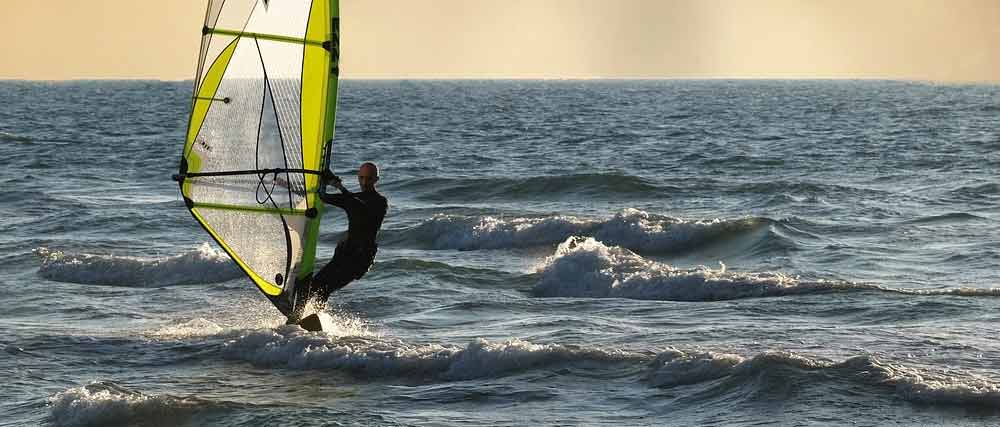
Kitesurfing
Kitesurfing is an adrenaline-pumping water sport that combines aspects of wakeboarding, windsurfing, surfing, and kite flying. Its competitions include freestyle, wave riding, big air, and racing, where riders showcase their skills and creativity in different disciplines. It requires a blend of kite control, board riding skills, and a keen understanding of wind dynamics, offering riders a unique and dynamic way to interact with the elements.
What The Surfing Equipment Needed?
The equipment needed for surfing sport varies depending on the type of surfing and individual preferences, but some essential items include:
- Surfboard: The primary piece of equipment, available in various shapes and sizes (shortboards, longboards, etc.), made from materials like foam, fiberglass, or epoxy.
- Leash: Attaches to your ankle and connects to the surfboard, preventing it from drifting away if you fall off.
- Wetsuit or Rash Guard: Provides insulation and protection from the cold water, sun, and potential abrasions. Wetsuits come in different thicknesses suitable for varying water temperatures.
- Wax or Traction Pad: Applied to the surface of the board to provide traction, preventing slipping while standing.
- Surfboard Bag: Helps protect the board during transportation and storage, especially if traveling to different surf spots.
- Fins: Attachable to the bottom of the surfboard, influencing stability and maneuverability in the water. Different fin setups offer various riding experiences.
- Sun Protection: Sunglasses, sunscreen, and a hat can protect your eyes, skin, and face from the sun’s UV rays.
- Surfboard Repair Kit: Contains materials for fixing dings or cracks on your board, ensuring it stays in good condition.
- Towel and Changing Mat: Towels for drying off after surfing and a changing mat for changing in and out of wetsuits while keeping your feet clean.
- Optional Accessories: Surfboard traction pads for better grip, a surfboard rack or bag for transportation, earplugs for protection, and a surf watch to track tides and time spent in the water.
Choosing the right equipment depends on factors like your skill level, the type of waves you’ll be surfing, water temperature, and personal preferences. Experienced surfers often have a selection of boards and gear suited to different conditions.
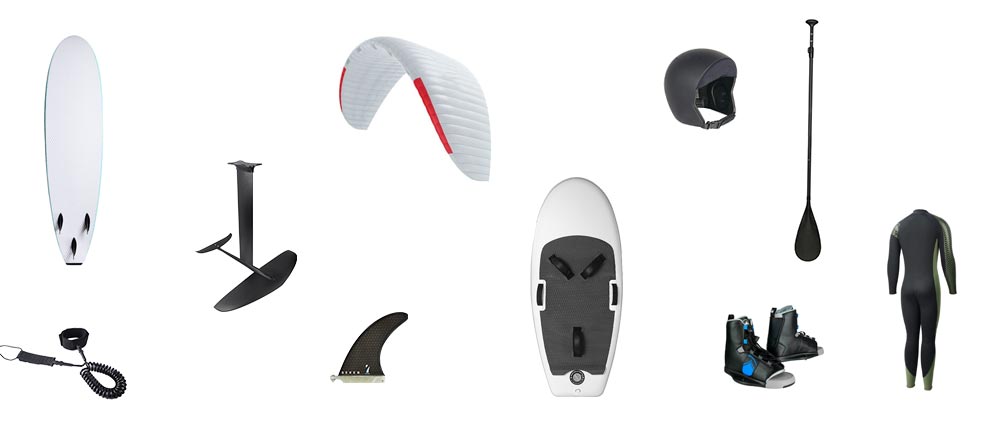
Where to buy surfing products?
- Surfing Brands and Manufacturers: Directly contacting surfing brands or manufacturers can be a good starting point. Many brands offer wholesale options or have dedicated distributors for their products.
- Surfing Trade Shows and Expos: Attending industry-specific events allows you to connect with various suppliers and brands, establish relationships, and explore wholesale purchasing opportunities.
- Wholesale Marketplaces: Online wholesale platforms like Alibaba, Global Sources, or TradeKey often have listings for surfing-related products. You can find surfboards, wetsuits, accessories, and more from different suppliers.
- Surf Shops and Distributors: Some surf shops may offer wholesale pricing for bulk purchases. Establishing relationships with local or regional distributors can provide access to a range of surfing products.
- Online Wholesale Marketplaces: Platforms like eBay Wholesale Deals or Wholesale Central might have surfing-related products available from different sellers.
- Surfing Industry Networks: Joining industry-specific forums, groups, or communities can lead to networking opportunities and connections with suppliers or wholesalers within the surfing community.
- Trade Publications and Magazines: Surfing-related publications often feature advertisements or sections dedicated to suppliers, manufacturers, or wholesalers within the industry.
When buying for resale and wholesale, it’s essential to consider factors like product quality, shipping costs, minimum order quantities, and the reliability of suppliers. Building relationships with reputable suppliers is key to ensuring a consistent supply of quality surfing products for resale.
Unity Sports is a professional surfing product manufacturer in China, we mainly provide surfing product custom and wholesale service. Our advantages: Fast Delivery 15days, Free Design, High-quality control, 10+ Years Experience. Welcome to contact us for more details.
Summary
In the contemporary era, surfing sport has evolved into a global phenomenon with a rich culture, community, and industry. Surfers continue to push boundaries, riding colossal waves and exploring new frontiers while advocating for ocean conservation and environmental awareness.
Surfing’s journey from its ancient Polynesian roots to its present-day status as a beloved global sport reflects its deep connection to culture, nature, and the human spirit.

